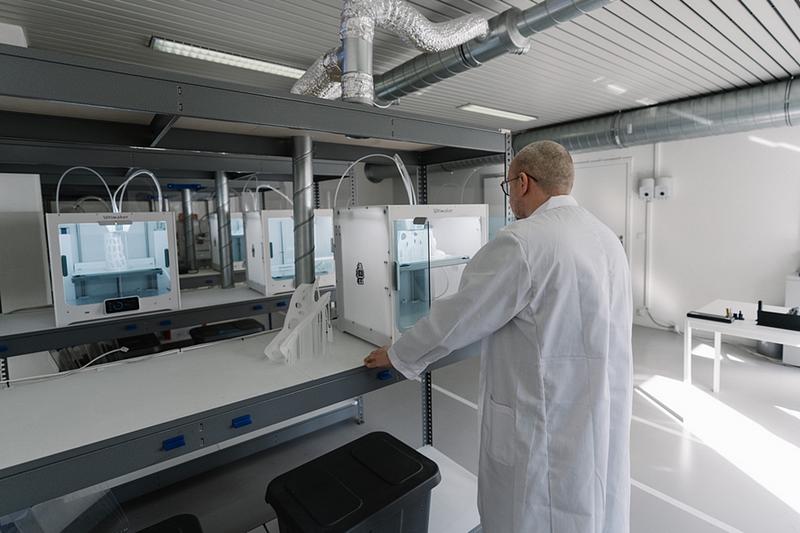The Future of Liver Transplants: 3D-Printed Mini-Livers
Written on
Chapter 1: Introduction to 3D-Printed Mini-Livers
Recent advancements in bioprinting have led to groundbreaking developments in organ regeneration. Brazilian researchers from the University of São Paulo (USP) have made significant strides by creating a tiny, functional liver through 3D printing. This innovation, while small in size, mimics the essential functions of a full-sized liver and could revolutionize the future of organ transplants.

Section 1.1: The Innovation Behind Mini-Livers
Inspired by previous work from Israeli scientists who crafted a mini-heart using human tissue, Brazilian scientists have taken the next step. By utilizing human blood cells, these researchers were able to create liver organelles, or "mini-livers," that perform functions similar to a regular liver. These mini-organs are capable of synthesizing proteins and storing and secreting substances specific to liver function, such as albumin. Notably, their appearance differs from traditional organs, resembling a yellow donut.
Subsection 1.1.1: The Bioprinting Process
To fabricate these mini-livers, blood samples from three volunteers were collected. The scientists reprogrammed blood cells to become pluripotent, allowing them to transform into various human tissues, particularly liver cells. These cells were then combined with a specialized bioink for the printing process. A key innovation from this team is their technique for incorporating cells into the bioink. Traditional 3D printing methods often print individual cells, which can disrupt their functionality. By grouping the cells into small spheroids before mixing them into the bioink, the researchers ensured that cellular contact was maintained, thus allowing for enhanced organ functionality over time.
Section 1.2: Beyond Printing
The actual printing of the mini-liver takes a matter of minutes; however, the process does not conclude there. Once printed, the organ undergoes a maturation phase lasting 18 days. The entire journey—from blood collection to a fully functional mini-liver—spans approximately 90 days. The findings of this research have been documented in the journal Biofabrication.
Chapter 2: Future Implications of Mini-Livers
Although these mini-livers are not yet ready for human transplantation, the potential for future applications is promising. In a discussion with Agency FAPESP, researcher Ernesto Goulart expressed optimism about the feasibility of progressing towards the production of complete organs with sufficient interest and funding.
This video, titled "Researchers create functional mini-liver by 3D bioprinting," elaborates on the technique and significance of this innovative approach to organ creation.
In the near future, rather than waiting for an organ transplant, it may be possible to utilize a patient's own cells, reprogramming them to cultivate a new liver in the lab. Researcher Mayana Zatz, a co-author of the study, highlighted that using the patient’s own cells could theoretically eliminate the risk of rejection, a crucial factor in transplant medicine.
The second video, "3D-printed liver to help surgeons prepare for life-saving operations developed by researchers at NTU," discusses how these advancements can assist in surgical preparation and training.
In summary, while there remain obstacles to creating complete organs, the trajectory is encouraging, and continued research in this area could lead to transformative outcomes in healthcare.